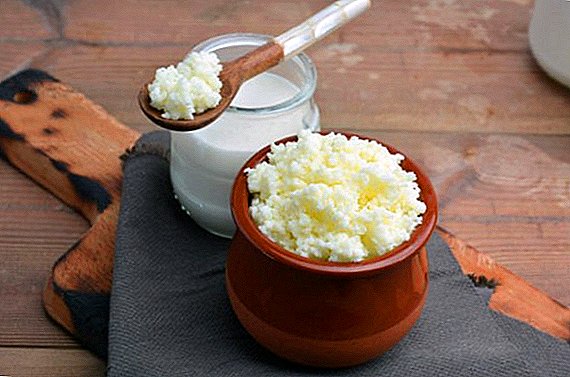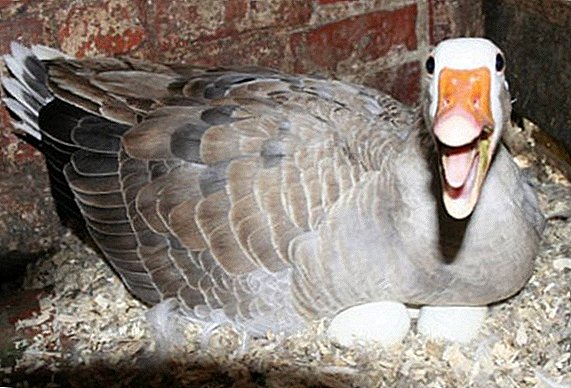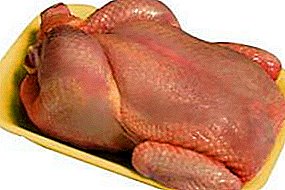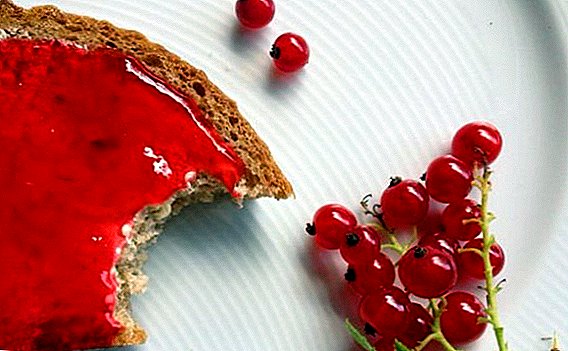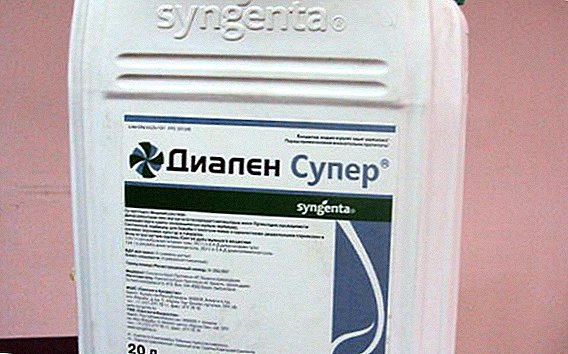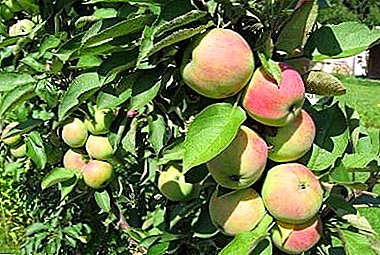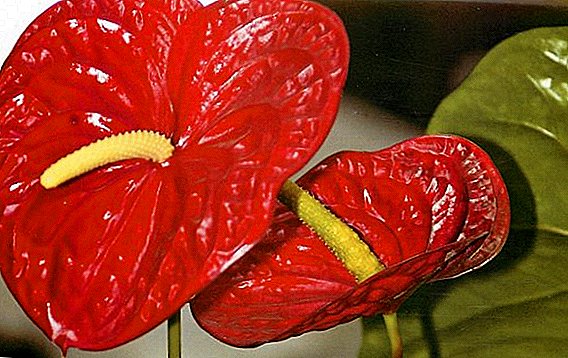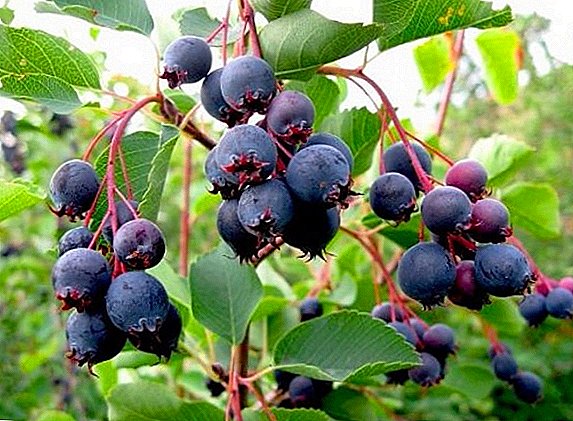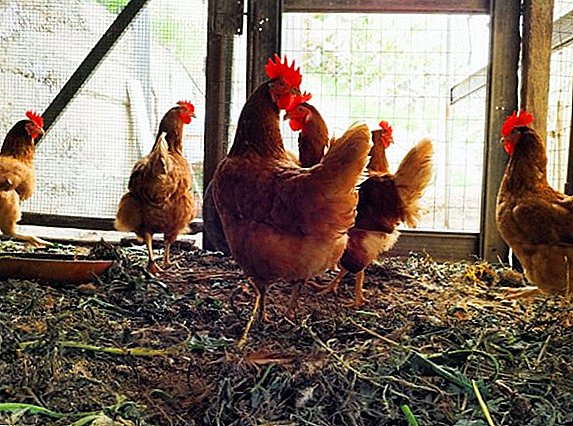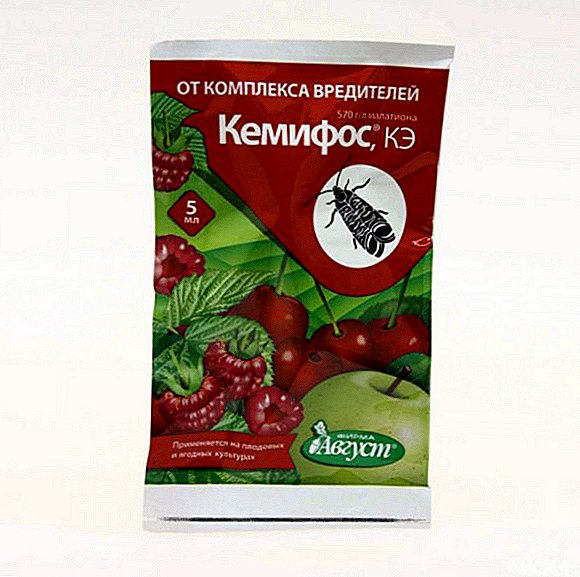 "Kemiphos" - effective preparation for the garden, which protects from pests berry, fruit, flower, citrus and vegetable crops.
"Kemiphos" - effective preparation for the garden, which protects from pests berry, fruit, flower, citrus and vegetable crops.
General information
"Kemifos" is a broad-spectrum insecticide for combating gnawing, sucking insects from the even winged, coleoptera, lepidoptera, diptera, mites on most field and fruit crops. Kemifos is used to protect grain stocks during storage, against locusts, as well as insect vectors of human and animal diseases. The solution has pronounced acaricidal properties and fights against many insects: from locusts to ticks and other garden pests. The drug has a short-term effect and a high level of toxicity. The drug has an unpleasant odor, however, Kemifos does not affect the taste of vegetables, fruits and berries.
For humans and animals, the solution is not so dangerous, if you follow the elementary safety rules. Since the substance is volatile, it is necessary to protect the respiratory system. In a household pest control, the drug is toxic for up to 10 days (depending on the soil). The drug effectively fights with such pests:
- aphid, shchitovka, sucker, cherry fly, moths on fruit trees;

- moth, sawfly, spiders, moths on shrubs;

- chervets, mites, whiteflies on grapes;
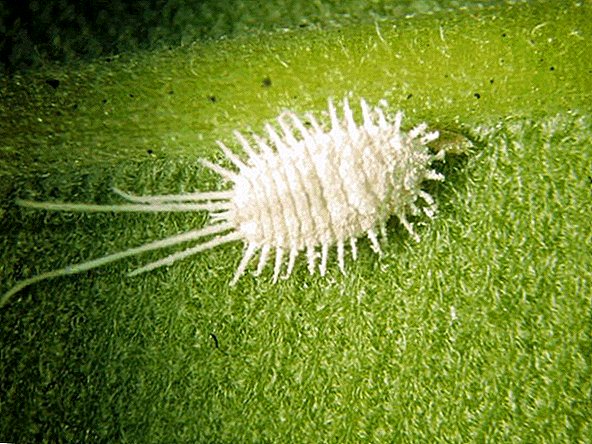
- ants, caterpillars, butterflies, beetles in the garden.


The drug belongs to the 3rd class of danger and is considered moderately dangerous. Chemical class - organophosphorus compounds (FOS). Keep "Kemifos" recommended for 2 years. Release form - emulsion concentrate. It is a liquid preparation that forms an emulsion when diluted with water.
Important! The solution should be stored away from food and medicine in a dry place at a temperature of -5 to +25 °C. Also avoid exposure to fire.
Active substance
The active ingredient of the drug is malathion. Kemifos has a contact, intestinal and fumigant action. The effect of the drug is observed already after 3 hours after application. During this time, it poisons and paralyzes pests, as a result of which they die, and the excipients in the composition of the insecticide contribute to the destruction of insect larvae and eggs. Due to the good volatility, it is more effective to apply the solution under the plant root, since in the closed ground the effect of the use of the drug is prolonged.
Kemifos: instructions for use of the complex against pests
Kemifos is considered an early-spring insecticide, which is used before the formation of ovaries, and detailed instructions for using the product in the garden are usually indicated on the packaging. Later use is acceptable, but not recommended. 
For practical use, not too viscous emulsion concentrates are more convenient, but for more toxic organophosphorus pesticides, it is safer to use more viscous concentrates, since they are absorbed more slowly upon contact with skin and are easier to wash off. Kemiphos cannot be sprayed against the wind. The optimum temperature when working with a solution is + 12-25 ° C. The deadline for the last spraying is no later than 20 days before harvesting.
Important! Plants should be sprayed with a fresh solution in calm, dry weather until 10 am or in the evening from 6 to 10. The leaves are also uniformly moistened during spraying.The uniform for all plants rate of dilution of the drug is 10 ml per 10 liters of water. The consumption of the solution, the number and frequency of spraying varies depending on the treated plants.
Apple tree, pear, quince
- Pests: aphid, mites, moths, sucker, scythe.

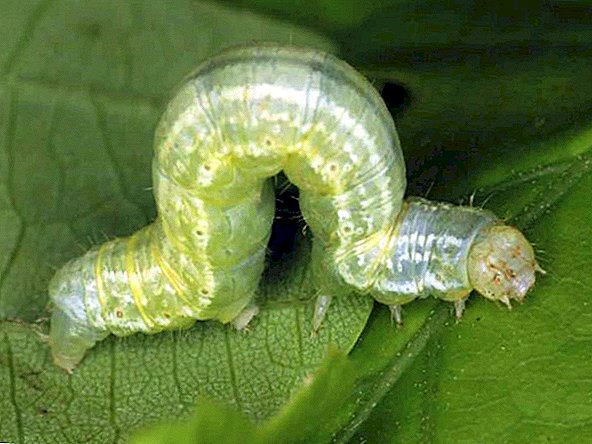
- Dosage: 10 ml per 10 liters of water.
- Processing time: the growing season.
- Consumption: up to 5 liters of solution for each tree (depending on the variety and age of the plant).
- Number of treatments: 2.
- Interval between treatments: 20 days.
Cherry, cherry, plum
- Pests: sawflies, silkworm, cherry fly, scythe, moth, leaf beetle.


- Dosage: 10 ml per 10 liters of water.
- Processing time: the growing season.
- Consumption: 2-5 liters of solution for each tree (depending on the variety and age of the plant).
- Number of treatments: 2.
- Interval between treatments: 20 days
Currant
- Pests: kidney moth, aphid, false guard, sucker, scythe.
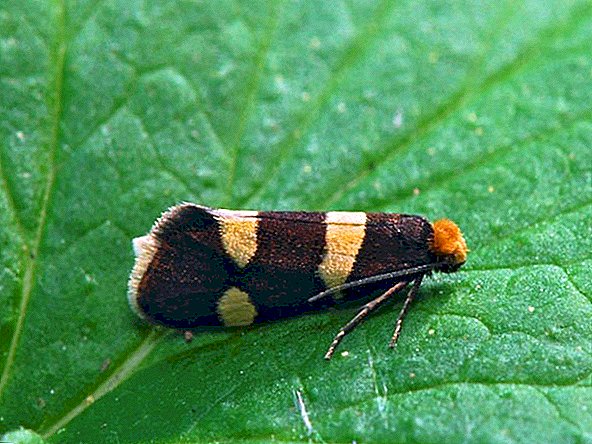

- Dosage: 10 ml per 10 liters of water.
- Processing time: the growing season.
- Consumption: 1-1.5 liters of fluid per shrub.
- Number of treatments: 2.
- Interval between treatments: 20 days.
Did you know? Currants can excrete the effects of radiation from radiation - radioisotopes.
Gooseberry
- Pests: moth, peppered moth, sawfly and moth.
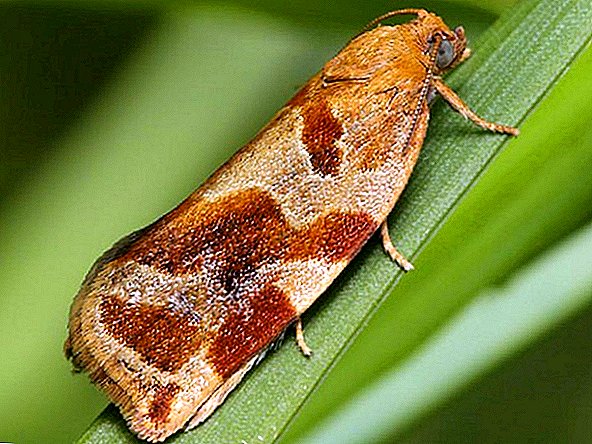
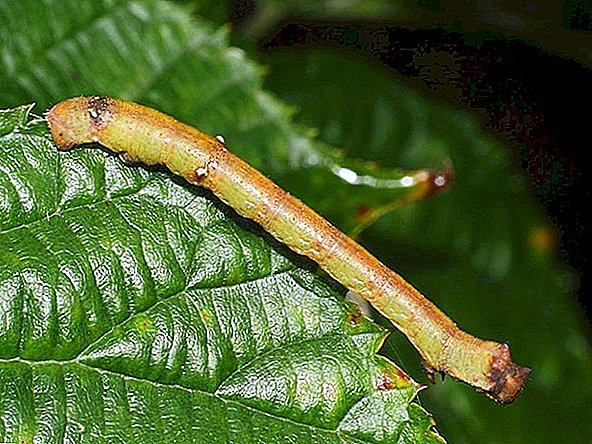
- Dosage: 10 ml per 10 liters of water.
- Processing time: the growing season.
- Consumption: 1-1.5 liters per bush.
- Number of treatments: 2.
- Interval between treatments: 20 days
Raspberries
- Pests: moth, aphid, strawberry weevil, mites, raspberry beetle.


- Dosage: 10 ml per 10 liters of water.
- Processing time: before flowering and after harvesting.
- Consumption: 2 liters per 10 bushes.
- Number of treatments: 2.
Did you know? In 1893, in Geneva, for the first time, the red and black raspberries were crossed in an artificial way, receiving a purple variety. With the help of such random pollination, purple berries appeared before in North America, where black and red raspberries grew nearby.
Grapes
- Pests: mealybug and mites.
- Dosage: 10 ml per 10 liters of water.
- Processing time: the growing season.
- Consumption: 2-5 liters of solution per plant.
- Number of treatments: 2.
- Interval between treatments: 20 days
Citrus
- Pests: worms, mites, scytum and whitefly.
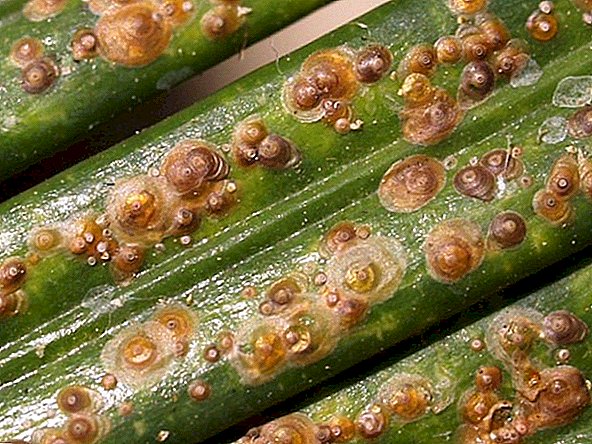

- Dosage: 10 ml per 10 liters of water.
- Processing time: the growing season.
- Consumption: 2-5 liters of solution for each plant.
- Number of treatments: 2.
- Break between sprays: 20 days
Compatibility with other drugs
The drug "Kemifos" can not be used simultaneously with other drugs. However, in order to avoid habituation of plants, it is recommended to alternate the use of Kemifos with insecticides belonging to other groups.
Advantages of use in the garden
Kemifos is a universal remedy for spraying trees and shrubs in early spring against parasites. The drug has a lot of advantages.
- A wide range of uses: vegetables, cereals, fruits, berries, cereals, forestry.

- High rate of destruction and prevention of pests.
- Efficiency for indoor plants.
- Long protection.
- No toxicity to the human body.
- Low cost of the drug.
- Ease of use, the ability to use at high air temperature - up to 30 ° C.




















